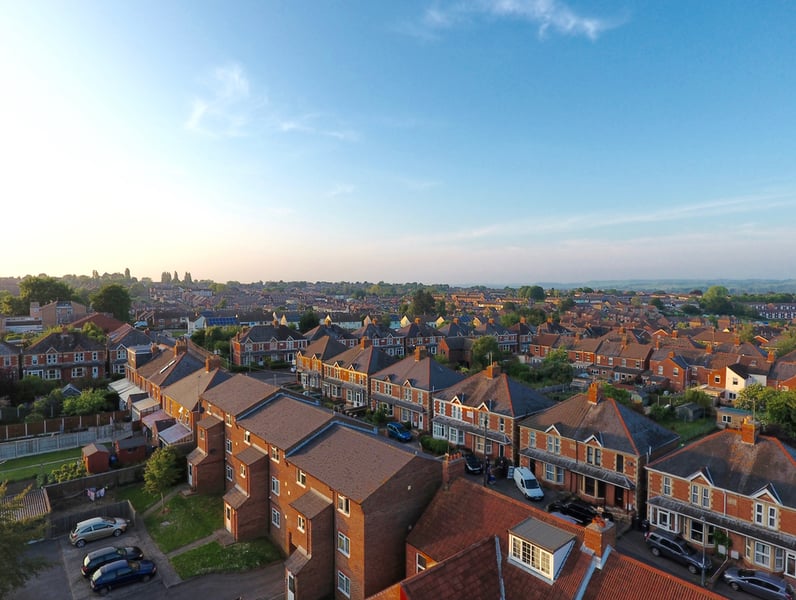House price growth was strongest in the North West where prices increased by 3.4% in the year to May, up from 3.3% in the year to April.

House prices rose by 1.2% in the year to May, down from 1.5% in the year to April, HM Land Registry’s UK House Price Index has found.
House price growth was strongest in the North West where prices increased by 3.4% in the year to May, up from 3.3% in the year to April. The lowest annual growth was in London, where prices fell by 4.4% over the year to May down from a fall of 1.7% in April.
John Goodall, chief executive and co-founder of buy-to-let specialist Landbay, said:“Considering the wave of political and, by extension, economic uncertainty that the UK has been riding since the start of the year - the fact that prices are still growing at all underlines the strength of the housing market.
“The old cliché rings true; people will always need somewhere to live.
“However, the reality is that affordability remains an almost unshakeable concern for first-time buyers despite the recent uptick in wage growth.
“Regionally, this is reflected in London by the recent cooling of demand in favour of areas like the East Midlands and East Anglia where prices are rising much faster.
“Prospective buyers should take heart that despite the recent fall in residential transaction volumes, there is significant appetite for mortgage lending from lenders as a collective. The fact that house price growth is slowing means now could well be the time to act.”
Gareth Lewis, commercial director of property lender MT Finance, added: “Looking at the regional differences, there is positive news for those less hit by the ability to purchase property or investors who are diversifying in terms of area.
“The South West and North West have shown reasonable growth over the past year and are propping up UK average property prices.
“So rather than looking to buy property in the South East, many people are now looking further afield - to the East Midlands, Wales and North West. This makes for a more positive, balanced picture of the housing market, rather than a concentration of interest on London and the South East.
“We are unlikely to see any significant change to property prices unless the new Prime Minister makes a significant change to stamp duty which is a big blocker to those buying second homes or buy-to-lets.”
At the country level, the largest annual price growth was recorded in Wales, increasing by 3.0% over the year to May.
Scotland saw house prices increase by 2.8% over the last 12 months. The slowest annual growth was in England where prices increased by 1% in the year to May.
Northern Ireland house prices increased by 3.5% over the year to Q1.
The Bank of England’s agent summary has showed that sentiment in the housing market continued to weaken, with Brexit-related uncertainty deterring buyers. Affordability also continued to be a constraint in London and the South East.
Jonathan Harris, director of mortgage broker Anderson Harris, said:“House price growth is slowing as sentiment continues to weaken, partly as a result of Brexit uncertainty.
“While prices fell in London by 4.4% over the year to May 2019, affordability is still an issue for those buying in the capital and South East as prices remain relatively high compared to incomes.
“Mortgage rates remain low and continue to support transactions. Remortgaging remains strong as many people stay and improve rather than footing the considerable bill for a move to another address.”
TheUK Property Transactions Statisticsfor May 2019 showed that on a seasonally adjusted basis, the number of transactions on residential properties with a value of £40,000 or greater was 89,810.
This is 11.3% lower than a year ago. Transactions fell by 6.4% from April to May.



